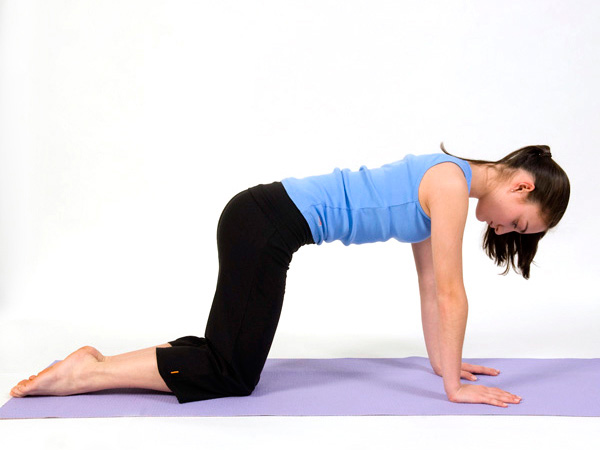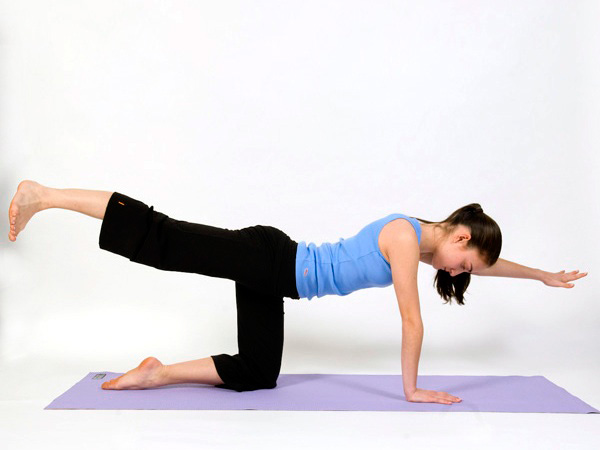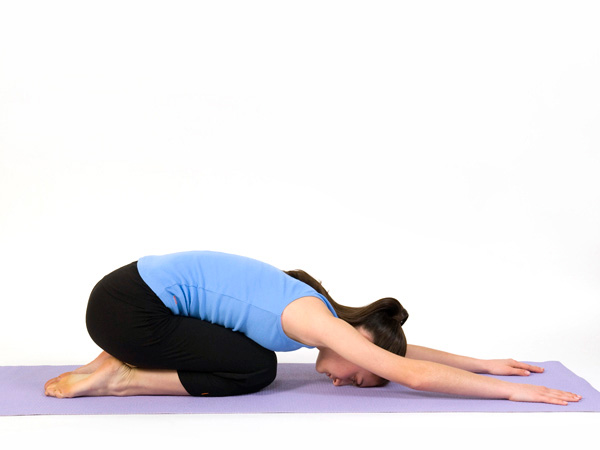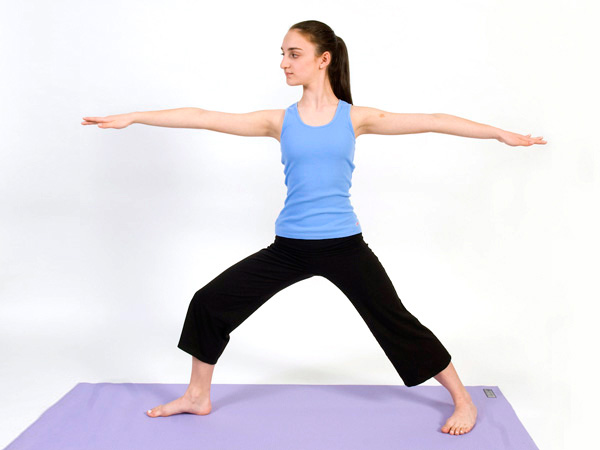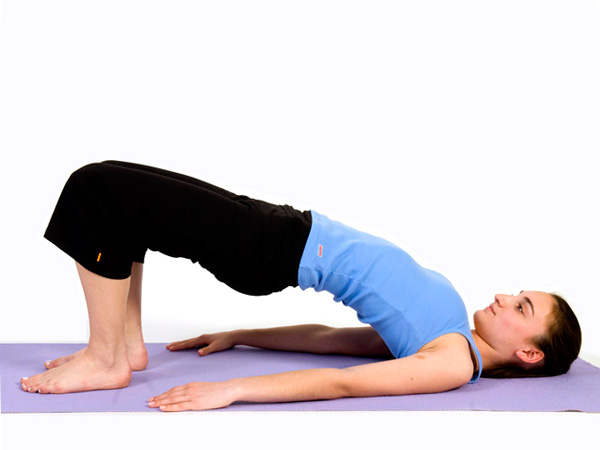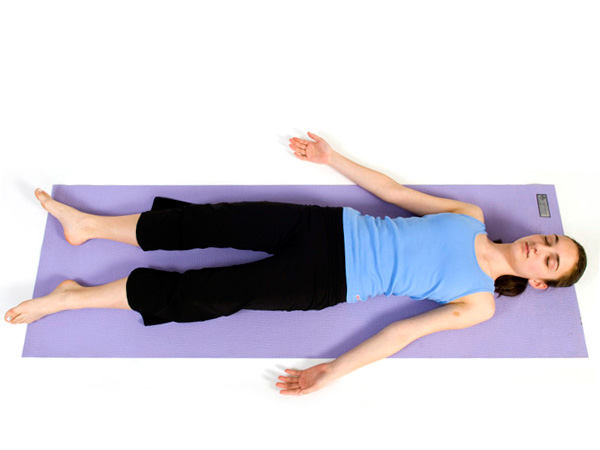Yoga
What Is Yoga?
It might seem like a modern trend, but yoga actually began more than 3,000 years ago in India. The word yoga is Sanskrit (an ancient language of India). It means to "yoke," join, or unite, the mind, body, and spirit.
Yoga includes physical exercise, but it's also about life balance. Training your mind, body, and breath — as well as connecting with your spirituality — are the main goals of the yoga lifestyle.
The physical part of the yoga lifestyle is called hatha yoga. Hatha yoga includes asanas, or poses. Hatha yoga also refers to a style of yoga that is slower paced and focuses on alignment and breath.
There are many types of yoga, including:
- Ashtanga yoga: This is a vigorous, fast-paced form of yoga. When doing Ashtanga yoga, a person moves quickly through a set of predetermined poses while remaining focused on breathing.
- Gentle yoga: Gentle yoga focuses on slow stretches, flexibility, and breathing.
- Hot yoga: This is any type of yoga practiced in a hot room. Bikram yoga is a specific kind of hot yoga the includes a series of 26 poses practiced in rooms that are heated to 105°F (40°C).
- Kundalini yoga: Kundalini yoga uses different poses, breathing techniques, chanting, and meditation to awaken life energy and awareness.
- Iyengar yoga: This type of yoga focuses on precise alignment of the poses. Participants use "props" like blankets, straps, mats, blocks, and chairs.
- Restorative yoga: This practice allows the body to fully relax by holding simple postures passively for extended periods of time. To get completely comfortable in poses, props (blankets, bolsters, pillows, and blocks) are used.
- Vinyasa/power yoga: Similar to Ashtanga yoga, these are also very active forms of yoga that improve strength, flexibility, and stamina. This type of yoga is popular in the United States.
- Yin yoga: This is a slow-paced style of yoga. Poses are held for several minutes to allow for deep stretching.
Yoga has tons of benefits. It can improve flexibility, strength, balance, and stamina. And many people who practice yoga say that it reduces anxiety and stress, improves mental clarity, and even helps them sleep better.
How Do I Get Started?
Many gyms, community centers, and YMCAs offer yoga classes. Your neighborhood may also have a yoga studio. Some yoga instructors offer private or semi-private classes for students who want more personalized training. Some may offer classes online.
Before taking a class, check whether the instructor is registered with the Yoga Alliance, a certification that requires at least 200 hours of training in yoga techniques and teaching. You may also want to sit in and observe the class that interests you.
You could also try using yoga videos, apps, or online classes. Videos, apps, and books can't compare with learning yoga poses from a teacher, but they can help if you have already taken yoga classes and want to practice at home.
Dress comfortably in clothing that lets you move your body fully while doing yoga. Yoga is usually practiced barefoot.
You don't need any special equipment for yoga, although many people like to use a yoga mat. This special type of mat provides cushioning and grip while you do your poses. Yoga mats and props (like blocks and straps) are sold in sporting goods stores, major retailers, and at yoga studios. You can also buy yoga mats and props online.
What can you expect at a yoga class or when you watch a yoga video? To begin the class, you may sit quietly or take a few deep breaths. Then the instructor may lead you through a gentle warm-up of your arms, legs, and spine. After that, you'll concentrate on specific poses that work different areas of your body or flow through a series of poses that coordinate breath and movement. Most yoga sessions end with some type of relaxation pose.
Before you begin any type of exercise program, it's a good idea to talk to your doctor, especially if you have a health problem. Be sure to let your instructor know about any injuries or problems you have before the class begins. A good instructor will be able to modify poses for students who are just beginning or who have special needs.
Staying on Track
Your schedule's already packed — so how are you supposed to fit in time for yoga? Here are a few tips:
- Break it down. If you can't find time to do a full yoga session, try doing it in chunks. How about for 15 minutes after you get up and 15 minutes before bed? Or try doing some yoga poses to break up a long study session.
- Find a time that works for you. Some people have more success working out in the morning before the day's activities sidetrack them. Others find that an after-school workout is the perfect way to unwind. Experiment with working out at different times of the day and find the time that fits your schedule and energy level best.
- Find a workout buddy. Doing your yoga routines with a friend is a great way to stay motivated. You'll be less likely to miss your workout if you have an appointment with a friend. You and your buddy can help keep each other on track.
- Consistency is key. If you want the benefits that yoga provides, you'll want to do it consistently. A once-a-month yoga workout may relieve some stress, but for benefits like increased flexibility and stamina, you should aim to practice yoga a couple of times a week.
- Set goals. Perhaps you'd like to incorporate power yoga into your routine so you get a better strength workout. Maybe you go to yoga class once a week and your goal is to start practicing on your own at home. Whatever you choose as your goal, make sure you reward yourself when you accomplish it!
The great thing about yoga is it can be as vigorous or as gentle as you want it to be. That makes it a good choice for anyone.




